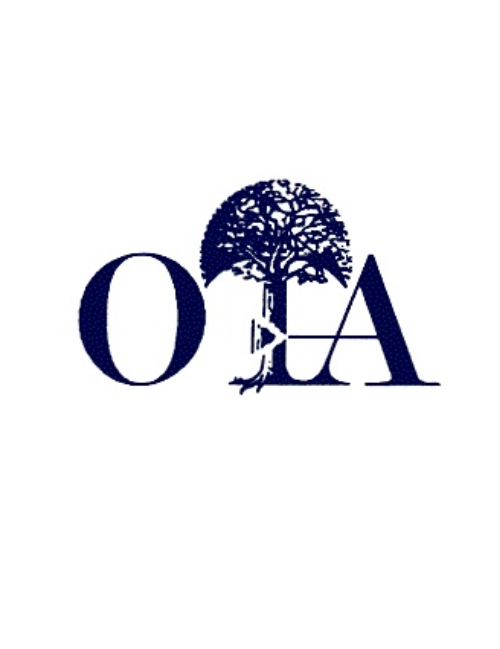
OTA: Flexible casts with home removal for minimally displaced radial fracture

OTA: Flexible casts with home removal for minimally displaced radial fracture
SCRATCH (Self Cast Removal at the Child’s Home): Treatment of Stable Pediatric Forearm Fractures Using Home Removable Casts Compared With Traditional Cast Therapy: A Prospective Randomized Controlled Trial
CONFERENCE ACE REPORTS
This ACE Report is a summary of a conference presentation or abstract. The information provided has limited the ability to provide an accurate assessment of the risk of bias or the overall quality. Please interpret the results with caution as trials may be in progress and select results may have been presented.
Synopsis
317 children with distal forearm torus, minimally angulated greenstick, or nondisplaced stable epiphyseal fractures were randomized to receive a flexible below-elbow cast with home removal or a fiberglass below-elbow cast with hospital removal. The study determined that flexible below-elbow casts with home removal are safe and cost-effective alternatives to the traditional fiberglass casts with hospital removal.
Why was this study needed now?
Paediatric forearm fractures are very common, and the use of a immobilization system that allows for home removal may be able to reduce medical costs significantly. This study aimed to determine whether flexible below-elbow casts with home removal are a safe and cost effective fracture treatment method, when compared to fiberglass below-elbow casts with hospital removal for children with nondisplaced stable epiphyseal fractures.
What was the principal research question?
Is a flexible below-elbow cast with home removal a safe and cost-effective method to treat pediatric minimally displaced forearm fractures, when compared to traditional fiberglass below-elbow casts with hospital removal?
What were the important findings?
- The difference in change in CHAQ score from baseline to 1 week post cast removal between the flexible cast group and fiberglass cast group was found to be not statistically significant (p=0.245).
- There difference in CHAQ score and EQ-5D score at 6 months post-injury was found to be not significant in both the flexible cast and fiberglass cast groups.
- The mean cost of treatment was $246 for the flexible home removal casts and $400 for the fiberglass hospital removal casts, which was found to be statistically significant (p<0.05).
- The difference in satisfaction measures between the flexible cast group and the fiberglass cast group.
- Findings based on a sub-population of patients with minimally displaced fractures.
What should I remember most?
It must be stressed that these results were found in patients with minimally displaced distal radius fractures. The findings suggests that although there was no significant difference in arm function and satisfaction between the two cast types, the flexible below-elbow cast with home removal was significantly more cost-effective for paediatric patients with minimally displaced forearm fractures.
How will this affect the care of my patients?
The study suggests that flexible below-elbow casts with home removal may be a safe and cost-effective treatment method for children with minimally displaced forearm fractures. Further research using larger sample sizes is required to confirm the findings of this study.
Learn about our AI Driven
High Impact Search Feature
Our AI driven High Impact metric calculates the impact an article will have by considering both the publishing journal and the content of the article itself. Built using the latest advances in natural language processing, OE High Impact predicts an article’s future number of citations better than impact factor alone.
Continue



 LOGIN
LOGIN

Join the Conversation
Please Login or Join to leave comments.